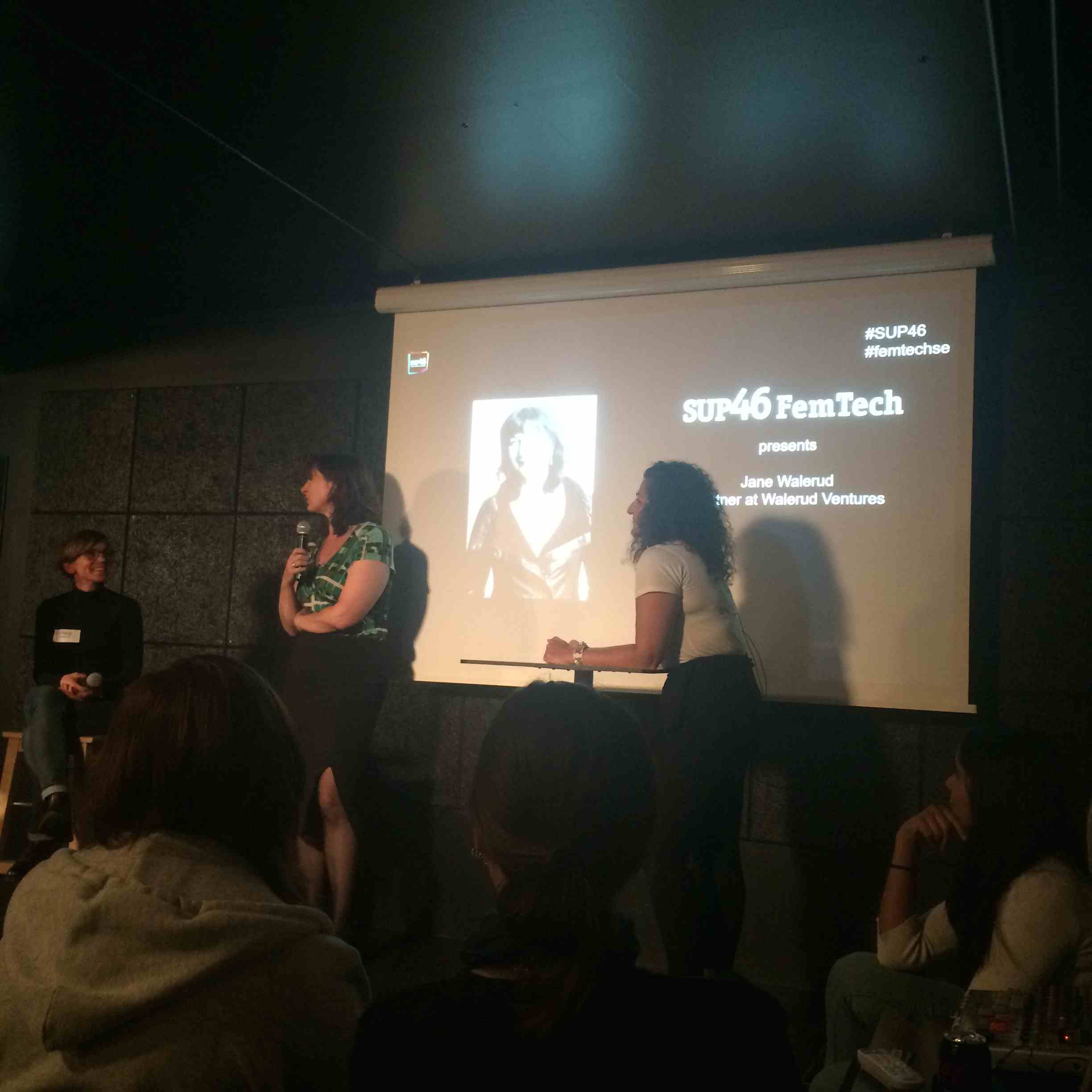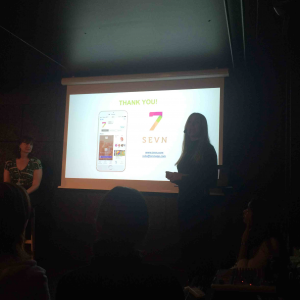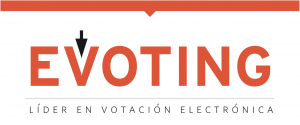Since direct customer feedback is incredibly important for any upcoming business, we were asked to interview several people about our own venture and also to help two startups by testing their service or product and giving them feedback on it. So here is all of that in one post, to keep it short and sweet.
46elks
46elks is a startup that I got into contact with through SUP46. They act as an interface between the worlds of programming and telephony. Which means that you can send and receive SMS and also send voice messages, in an automated way, controlled by code, written in any programming language you like.
It took me quite a while to figure out what exactly it is that they do, which is basically my first feedback to them: The website could really use a short video, showing the need for their service in everyday life and then also showing how their service can fill that need. They do provide some examples of what other customers did with their service, but I could still not imagine what I could use it for personally.
Also, I was very confused about what I’m supposed to do on their website to get started. They kind of assume that someone reading their instructions knows HTTP, which is not the case for me. So a tutorial video for absolute beginners would be really nice. They do provide sample code, but since I didn’t know where to execute it, I felt a bit helpless.
After some searching, I found a Plug-in for Excel. In that Plug-in you can choose a displayed sender-name, write a message, select a phone number in the Excel Sheet and click send. That worked very nicely, so the service itself is completely functional.
Two more nitpicks I found are that the website does not allow for changing your password and when clicking on “API docs” while in the dashboard it takes you out of the dashboard, which makes navigating complicated. It would be more convenient if the Link opened in a new tab.
I’m sure their service is really useful for many businesses, but as a rooky user, I felt the need for some more explanation and guidance for the start.
Simply Events
Also from SUP46 is the Startup “Simply Events“, which is a platform that lets you easily design an event page and set up tickets for sale. You can add images, videos, maps and much more. They charge a small fee on the profit you make. The website is very straight forward and I immediately understood how everything works.
There is really just one thing that might need improvement, which is the fact that there are only two fonts to choose from for the title and description text. Besides that, the service is super easy to use and does exactly what it’s supposed to do.
Sound Hub
While beeing in SUP46 I also took my time to tell several people about the Sound Hub Idea and the feedback was generally very positive. The people said they can see an application for it, although some of them did not personally own a Bluetooth speaker. Since none of them were students it was interesting to see that also people outside my original target group are interested in the product. This means that we could also offer it at a higher price since young people who already have a fixed income are able to pay more. Many people proposed to expand the functionality to a surround sound system or to be able to play different music in different rooms in the house. While this will probably not be implemented in the first version of the product it might be a goal that I can work towards in later stages. The price they were willing to pay was somewhere around 60$, which again reflects on the fact that these people earn a good income and are not bound by the financial limitations of a student. I also got advice on which technology to use for my prototype, which was useful since I was not really sure on how to start at that time.
Thank you to everyone who took their time to listen to me and give me their opinion!



